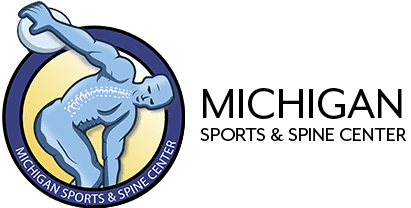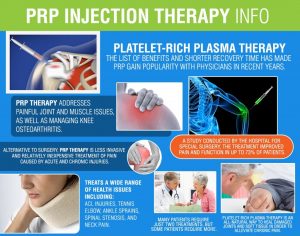For more severe problems such as osteoarthritis of joints, we must create a bigger response and provide more assistance to the body by delivering larger numbers of stem cells into the affected area. This is accomplished by injecting stem cells from adipose tissue and/or bone marrow directly into the area. Typically Platelet Rich Plasma (PRP) simply can’t recruit enough stem cells to adequately repair this level of injury.
Stem cells are rudimentary cells that can differentiate into other cells of the body. The goal of stem cell injections into the arthritic joint is to resurface cartilaginous structures and repair other diseased elements of the joint.
Mesenchymal stem cells are the cells that repair and regenerate muscle, bone, cartilage, or tendons and the richest source of these types of cells in the body is found in adipose tissue, your fat! Current fat stem cell harvest procedures are very labor intensive and not practical for most practices although new techniques are being developed to accomplish this process with consistency and safety. Often a small fat graft is added to a stem cell injection. The fat graft provides a source of additional stem cells, favorable chemical mediators and a substrate or template which will help keep the stem cell injection localized. The fat graft is typically harvested from the lower abdomen or flank (love handles).

